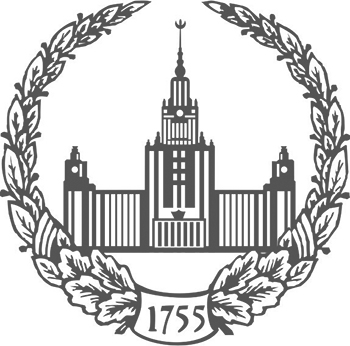-
Pensioner of the Paris academy of painting and sculpture in Rome before the Great French revolution: daily life, education, impressions, acquaintancesMoscow University Bulletin. Series 8: History 2022. N 2. p.172-197read more926
-
For the first time in Russian historical writing, the author turns to the history of the French Academy in Rome. Avoiding the chronological approach already elaborated in foreign historiography, the article presents a picture of the life of the Academy from the point of view of a royal pensioner staying within its walls, his daily routine, activities and acquaintances. For a young French artist, studying in Rome was the most important final period of his formation, with significant implications both for his creative self-awareness and for his future career. Thus, the aim of the research is to consider one by one the opportunities that opened up for the royal pensioner and his living conditions. Based on such sources as the charter of the French Academy in Rome, the correspondence of its directors with the Parisian authorities, as well as on an extensive body of foreign literature, the author consistently examines the contingent and background of students, the requirements for their professional skills, behavior, marital status and religion, living conditions in the changing residences of the Academy, educational curriculum. The author goes into detail about such an important function of the French Academy in Rome as the replenishment of the royal collection with copies of the works of Italian masters and about the attitude of students to the need to devote a lot of time to copying. The article raises the question about the pensioners’ trips, the way the opportunity to visit different regions of Italy influenced young artists and even the processes in French art of this period. It also highlights such an important aspect as the relationship of pensioners with academic authorities, their conflicts, and the struggle for their rights. Attention is paid to the entertainment of pensioners, their socialite acquaintances and the first orders carried out contrary to the charter. In conclusion, the importance of an internship in Rome for the education of a young French artist is determined, no matter whether he chose a career at home or abroad. Italian pensionship is characterized as a common experience for the French artistic elite, significant for all French art of the period under study.
Keywords: 17th–18th century art; French fine arts; European artistic connections; art education; French Academy in Rome; pensionship of painters
-
-
The Royal Commission in Eighteenth-Century France and the Career of a PainterMoscow University Bulletin. Series 8: History 2025. Vol.66. N 1. p.174-195read more340
-
Art has always played a significant role in representing power. In France, the establishment of the Royal Academy of Painting and Sculpture (1648) was a landmark event, not only for artists wishing to distinguish themselves from the craft community but also for the rise of absolutism. Through the Academy’s masters, the monarchy acquired individuals capable of conveying key ideas for the state, as well as projecting the image of the king himself. The Academy, in turn, gained a monopoly on royal commissions. This ensured both the quality and ideological accuracy of the artworks. The relationships between royal power and the selected circle of artists became the focus of this study. The article explores the following questions. How was the process of obtaining, executing, and delivering royal commissions organized throughout the eighteenth century? How was responsibility for their successful completion distributed? What were the official genre and stylistic preferences of the Crown? How were the masters selected to join the Academy? What role did working for a royal patron play in a painter’s career? When and why were such commissions attractive and beneficial for artists? Although each of these questions has been addressed separately in French-language literature, their comprehensive analysis from a modern scholarly perspective has not yet been undertaken. In addition to related scholarly works, the author analyzed the following informative sources: inventory lists of paintings commissioned by directors of royal buildings for the monarch, minutes of the Royal Academy’s meetings, and key theoretical works by the Academy’s members. The study allowed for the reconstruction of the life and creative circumstances of artists commissioned to create official art, as well as an examination of their social standing. This facilitates a more nuanced understanding of the artistic milieu of eighteenth-century France, with particular focus on the social and creative interactions that characterized the artistic community of the era.
Keywords: eighteenth-century French art, official art, historical painting, royal commission, royal portrait, French monarchy, Royal Academy of Painting and Sculpture
-

ISSN 0130-0083


